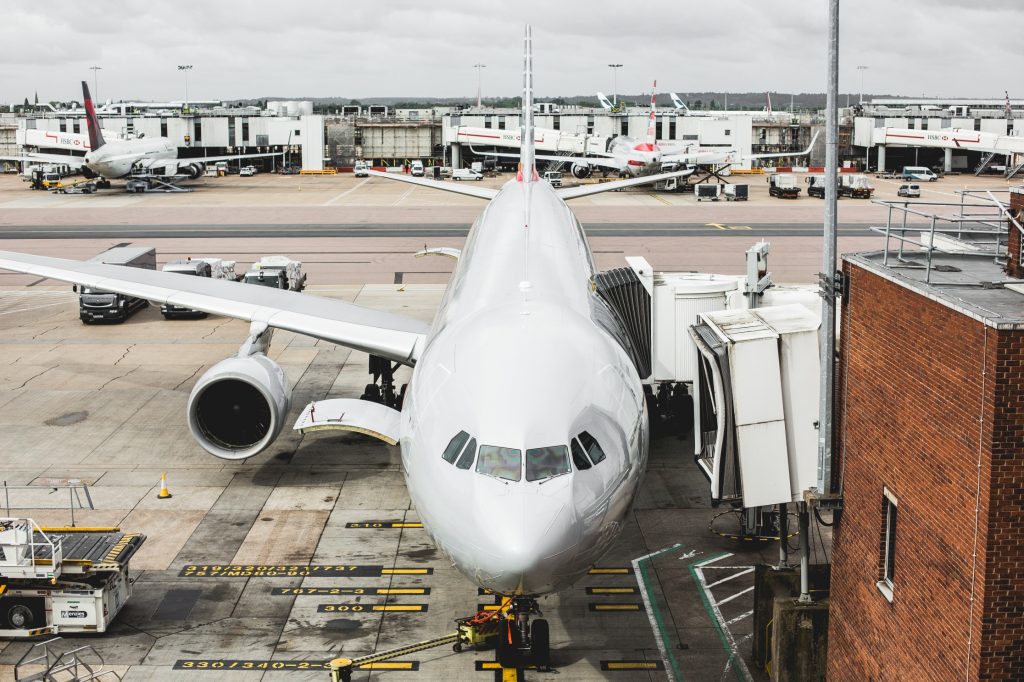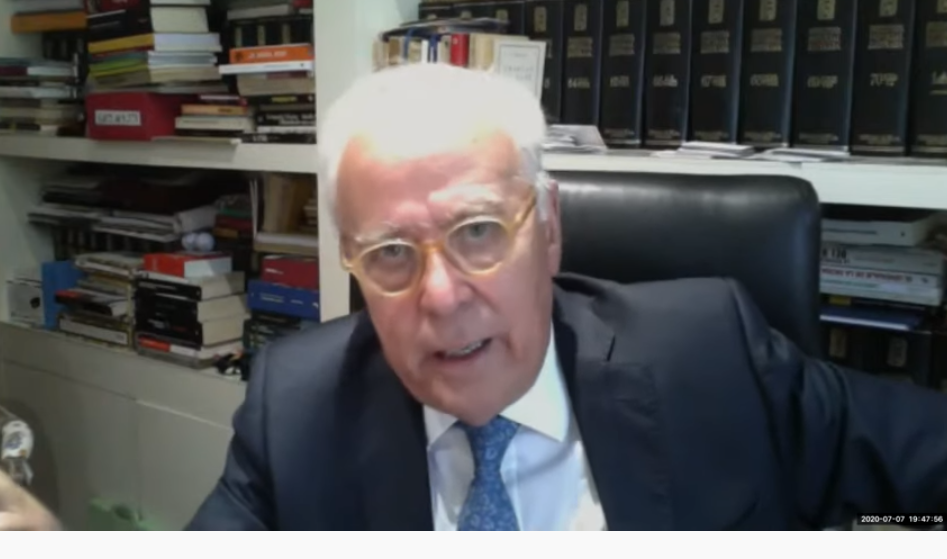Multimodality as an enabler for “back to normal” travel


Juan Giron
Global Corporate Communications at Amadeus IT Group SA
Multimodal travel might be a clear supporting player for industry’s post-COVID-19 recovery. Travelers will see their itinerary facilitated as origin, destination, connections and stopovers will be included on one single booking, thus avoiding the inconveniences – and, currently, the associated risks- of having to acquire separated reservations and tickets. Multimodality can result in relevant benefits for all travel stakeholders -travelers, carriers and public administrations. That was explained at a recent webinar organized by the Skål Club regarding the architecture of multimodality.
The travel industry has been using the multimodality approach for some time now. Some three million multimodal reservations were processed last year, involving three international airports, 20 airline companies and 12 ground transportation companies. “Multimodal ground-to-air already exists at the Amadeus distribution system, under code-share agreements between ground carriers and airlines. The potential market could reach billions of new multimodal bookings, since traffic volume of land carriers is much greater than that of airlines. Joining the two transportation worlds -air and ground- is an opportunity for the benefit of the travel industry”, says Amadeus’ senior adviser Felipe González Abad

Pioneering multimodality
Amadeus pioneered this concept in the industry and confirmed its technological feasibility with a proof- of-concept delivered to the UE. “Amadeus has been at the forefront of industry efforts for many years. Amadeus led All Ways Travelling (AWT), an industry consortium selected by the European Commission to develop and successfully deliver a proof-of-concept for a multimodal booking, ticketing and payment digital system in a selected European corridor”, comments Juan Jesús García, head of Industry Affairs, European Union, at Amadeus. “(…) For travelers, multimodality is not just another option for a unique and personalized experience. It also ensures that the whole process, from planning, to booking, to paying, to the actual trip and return home is straightforward. For governments, multimodal solutions have been identified as a response to making transport greener and more accessible to all”, he added. “Multimodal solutions also allow travelers to adopt the less polluting modes of transport whenever possible, fostering a more sustainable journey. They also help uncover new, less-crowded destinations, thanks to their wider networks which in turn improves regional connectivity and economic growth”.
A tool to generate new benefits for all travel players
“We are offering multimodality to the UNWTO’s technical assistance program for the recovery of tourism after COVID-19 as a tool for the generation of new benefits for all travel players, including new tourism destinations. In return, public administrations must favor the development of code-sharing agreements between airlines and ground carriers; in the same way, it is necessary to promote the development of multimodal airports”, says Felipe González Abad.

“Airlines will be able to replace their operations on the less profitable networks, usually flights of less than 400 km, with ground transport companies’ operations, achieving an added sustainability effect. This would also enable them to extend short-haul networks where previously they did not intend to fly. If multimodality is included in bilateral agreements, airlines will be able to market domestic networks in third countries”, adds González Abad.
Multimodality can help travel return to the normal and even provide a boost to the entire transport sector. That’s why more collaboration, joint efforts and commitment are needed.